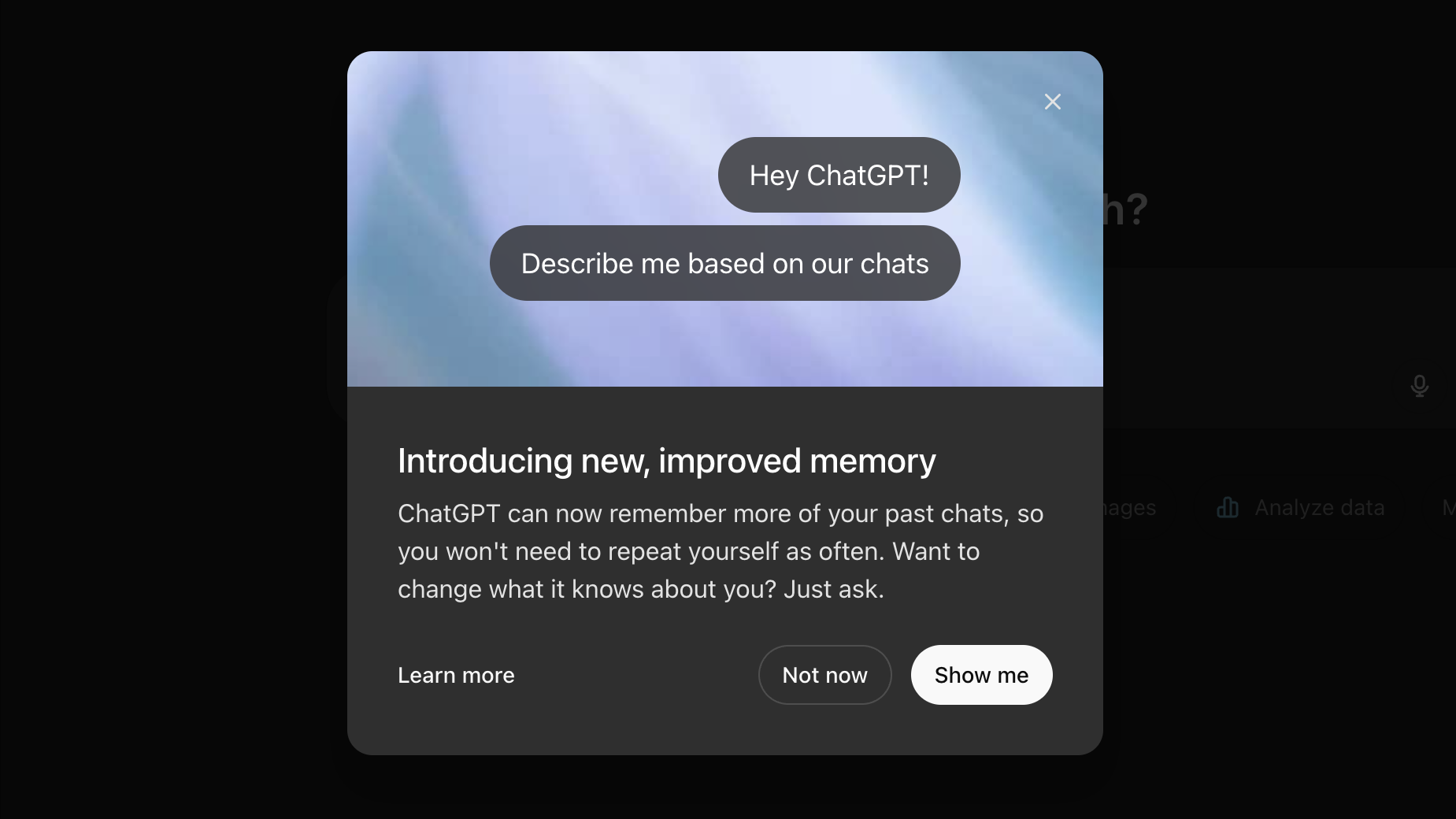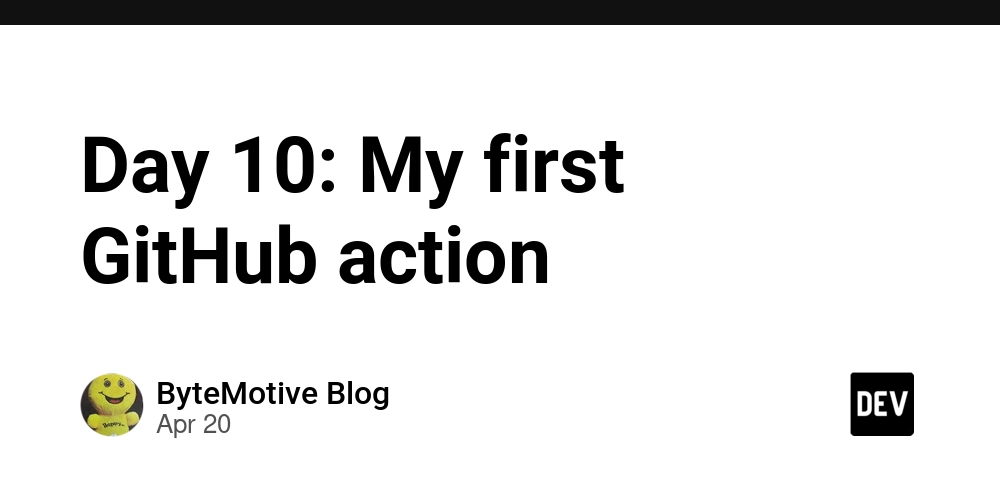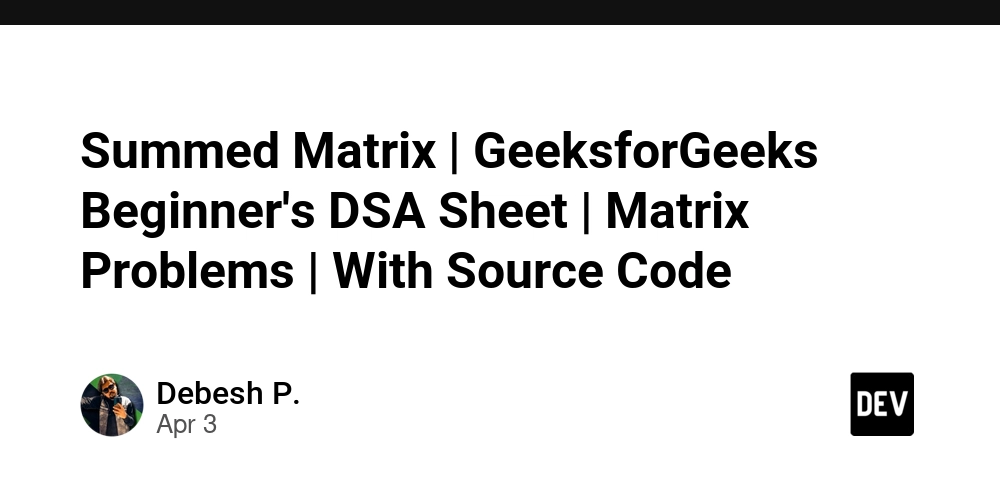Why Most Automation Platforms Can’t Handle Complex Workflows
You know the kind of tool I’m talking about. The ones with the slick UIs, colorful nodes, and “automate everything in minutes” pitch. They're fine—until they’re not. It all starts great. You connect a few services, schedule some tasks, and your basic automation hums along. But then real-world complexity shows up, and those platforms fold like a cheap lawn chair. The Moment Everything Breaks Let me paint the picture: You build a workflow. Then your PM says, “Actually, we need to check two other systems before this triggers.” Then someone adds region-specific exceptions. Then someone else wants approval logic with retries and a failover fallback. Now you’re five steps deep into nested conditions, patching in error handling with duct tape and JavaScript hacks—because the platform doesn’t support half the logic you need. Been there? Same. That’s why we built Martini. Not another “no-code” toy. A legit platform for real-world automation. Built for Devs. Not Just Business Users. We built Martini with one thing in mind: real workflows get messy—and that’s okay. You can start with a clean visual builder. Drag, drop, and map out your steps fast. But the moment you hit something complex? You don’t get stuck. Just drop in your own logic using JavaScript, Groovy, Python, or Bash. Build parallel steps. Add branching. Inject conditions. Orchestrate APIs. Handle async calls. You're still in charge. Some Cool Stuff You Can Actually Do Handle real-time triggers from APIs, databases, or webhooks Automate workflows with error handling, retries, and timeouts Break large workflows into modular ones that call each other Bind everything to consistent, versioned APIs (especially if you’re using Negroni for data modeling) And if you’ve been burned by low-code platforms that hide the guts of your workflow behind opaque “black boxes”? You’ll be happy to know that with Martini, you can see and control everything. Low Code ≠ Low Power Let’s be honest: devs roll their eyes at “low code” because we’ve seen too many platforms oversimplify and underdeliver. But what if low code wasn’t the limitation? What if it was just the starting point—a way to skip boilerplate and get to the interesting stuff faster? That’s what we built. Automation that doesn’t block you when things get real. So if your current platform can’t handle complex logic, custom code, or proper API orchestration… maybe it’s time to level up.

You know the kind of tool I’m talking about. The ones with the slick UIs, colorful nodes, and “automate everything in minutes” pitch.
They're fine—until they’re not.
It all starts great. You connect a few services, schedule some tasks, and your basic automation hums along. But then real-world complexity shows up, and those platforms fold like a cheap lawn chair.
The Moment Everything Breaks
Let me paint the picture:
You build a workflow.
Then your PM says, “Actually, we need to check two other systems before this triggers.”
Then someone adds region-specific exceptions.
Then someone else wants approval logic with retries and a failover fallback.
Now you’re five steps deep into nested conditions, patching in error handling with duct tape and JavaScript hacks—because the platform doesn’t support half the logic you need.
Been there? Same.
That’s why we built Martini. Not another “no-code” toy. A legit platform for real-world automation.
Built for Devs. Not Just Business Users.
We built Martini with one thing in mind: real workflows get messy—and that’s okay.
You can start with a clean visual builder. Drag, drop, and map out your steps fast.
But the moment you hit something complex? You don’t get stuck. Just drop in your own logic using JavaScript, Groovy, Python, or Bash. Build parallel steps. Add branching. Inject conditions. Orchestrate APIs. Handle async calls.
You're still in charge.
Some Cool Stuff You Can Actually Do
- Handle real-time triggers from APIs, databases, or webhooks
- Automate workflows with error handling, retries, and timeouts
- Break large workflows into modular ones that call each other
- Bind everything to consistent, versioned APIs (especially if you’re using Negroni for data modeling)
And if you’ve been burned by low-code platforms that hide the guts of your workflow behind opaque “black boxes”? You’ll be happy to know that with Martini, you can see and control everything.
Low Code ≠ Low Power
Let’s be honest: devs roll their eyes at “low code” because we’ve seen too many platforms oversimplify and underdeliver.
But what if low code wasn’t the limitation?
What if it was just the starting point—a way to skip boilerplate and get to the interesting stuff faster?
That’s what we built. Automation that doesn’t block you when things get real.
So if your current platform can’t handle complex logic, custom code, or proper API orchestration… maybe it’s time to level up.



































































![Apple Shares Official Trailer for 'Long Way Home' Starring Ewan McGregor and Charley Boorman [Video]](https://www.iclarified.com/images/news/97069/97069/97069-640.jpg)
![Apple Watch Series 10 Back On Sale for $299! [Lowest Price Ever]](https://www.iclarified.com/images/news/96657/96657/96657-640.jpg)
![Apple Slips to Fifth in China's Smartphone Market with 9% Decline [Report]](https://www.iclarified.com/images/news/97065/97065/97065-640.jpg)
![EU Postpones Apple App Store Fines Amid Tariff Negotiations [Report]](https://www.iclarified.com/images/news/97068/97068/97068-640.jpg)













![What features do you get with Gemini Advanced? [April 2025]](https://i0.wp.com/9to5google.com/wp-content/uploads/sites/4/2024/02/gemini-advanced-cover.jpg?resize=1200%2C628&quality=82&strip=all&ssl=1)






























































































_Andreas_Prott_Alamy.jpg?width=1280&auto=webp&quality=80&disable=upscale#)





















































































![[The AI Show Episode 144]: ChatGPT’s New Memory, Shopify CEO’s Leaked “AI First” Memo, Google Cloud Next Releases, o3 and o4-mini Coming Soon & Llama 4’s Rocky Launch](https://www.marketingaiinstitute.com/hubfs/ep%20144%20cover.png)






















































































































![Is this too much for a modular monolith system? [closed]](https://i.sstatic.net/pYL1nsfg.png)





















![[FREE EBOOKS] Machine Learning Hero, AI-Assisted Programming for Web and Machine Learning & Four More Best Selling Titles](https://www.javacodegeeks.com/wp-content/uploads/2012/12/jcg-logo.jpg)






























































































